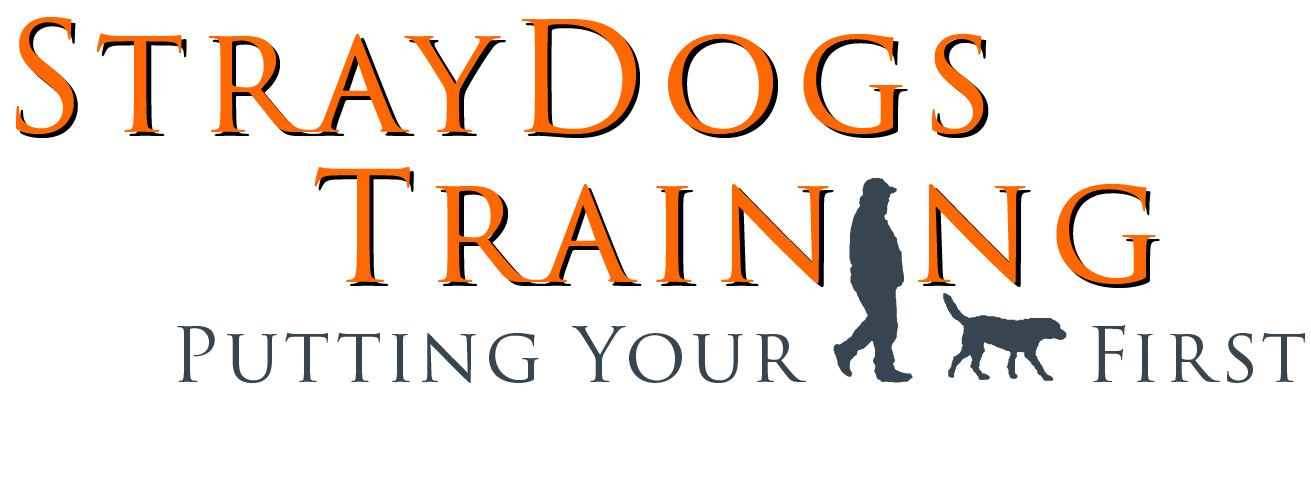Hey there, fellow dog lovers! Today, I want to talk to you about a serious matter that every responsible pet owner should be aware of: bloat in dogs. It’s not the most glamorous topic, but it’s crucial to understand and take preventive measures to keep our furry companions safe and healthy. So, let’s dive in and learn more about this condition!
First things first, what exactly is bloat? Bloat, also known as gastric dilatation-volvulus (GDV), is a life-threatening condition that primarily affects deep-chested dog breeds. Yeah, those adorable pooches with long bodies and slim waists. Breeds like Great Danes, Boxers, Weimaraners, and German Shepherds are particularly prone to it. But hey, any dog can be at risk, so it’s essential to stay informed, regardless of your dog’s breed.
So, what happens during a bloat episode? Well, it all starts with the stomach rapidly filling up with gas. Think of it as a balloon inflating within your pup’s belly. The bloated stomach then twists on its axis, trapping the gas inside and cutting off the blood supply. This can lead to tissue damage and, in severe cases, even death if not promptly treated.
Now, I don’t want to scare you, but it’s important to recognize the signs of bloat to act quickly. Some common symptoms include restlessness, unproductive vomiting or retching, a swollen or distended belly, rapid breathing, and signs of distress or pain. If you notice any of these signs, don’t waste any time—contact your vet immediately. Remember, time is of the essence when it comes to bloat.
Prevention is key when it comes to bloat, my friends. So, here are a few tips to help reduce the risk for your four-legged pals:
1. Manage mealtimes: Instead of feeding your dog one large meal, split it into smaller, frequent meals throughout the day. This helps prevent the stomach from becoming too full, reducing the chances of bloating.
2. Slow and steady wins the race: Encourage your furry friend to eat slowly. You can use special slow-feed bowls or food puzzles that make mealtime a bit more challenging and rewarding. Slower eating prevents gulping air, which can contribute to bloating.
3. Say no to exercise right after meals: Avoid intense physical activity, especially right after your pup has eaten. Give them some time to digest their food before engaging in play or rigorous exercise.
4. Skip the stress: Minimize stress factors in your dog’s life. Stress can affect their digestion and increase the risk of bloat. Provide a calm and secure environment for your furry friend, and be mindful of their emotional well-being.
5. Keep an eye on water intake: While it’s essential for your dog to stay hydrated, try to regulate their water intake, especially around mealtimes. Too much water too quickly can contribute to bloating.
Remember, folks, prevention is the name of the game here. By implementing these simple measures, you can significantly reduce the risk of bloat in your precious pups. But please, consult your veterinarian for more specific advice tailored to your dog’s individual needs.
So, let’s raise our paws to keep our furry friends safe and healthy! By staying informed and taking proactive steps, we can minimize the chances of bloat and ensure our dogs live their best, bloat-free lives. Together, let’s create a community of responsible and caring dog owners. Woof woof!

